Innovation
BABY CORN – AN ALTERNATIVE FOR CROP DRIVERSIFICATION
DEMAND IN HOTELS, AIR LINES, SHIPPING COMPANIES, POPULAR IN WEST; HAS EXPORT POTENTIAL
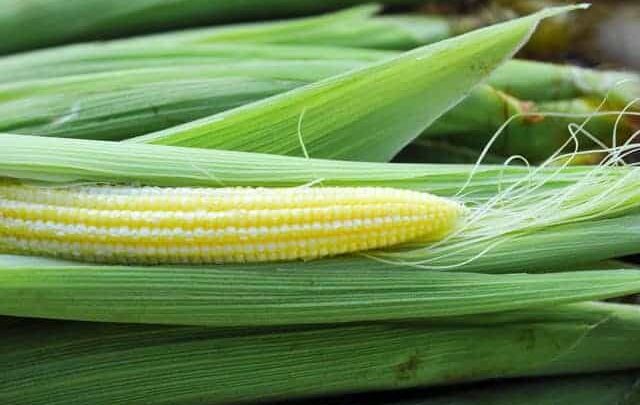
Baby maize popularly known as ‘baby corn’ is a kind of specialty maize. Baby corn cultivation is an alternative for crop diversification, value addition of maize as well as the growth of food processing industry. With the increasing concern for health, people have turned towards quality food in place of bulky items. Baby corn is the ear of maize plant.
Young, fresh, finger like green ears are harvested before fertilization just at the silk emergence and is eaten as salad, used in prepration of soup, manturian (Chinese dish), mixed vegetables, pickles, pakora, etc. It’s delicate, sweet flavor and crisp nature contributes to its increasing popularity thus making it an indispensable ingredient in many fancy dishes of today.
It is in huge demand at hotels, air lines, shipping companies and is most popular in western countries holding great export potential. Fresh baby corn may be either exported or supplied in the local market.
Diversification The diversification of some area from rice to maize would help in improving the physical conditions of the soil and general environment. Moreover, maize needs less water as compared to rice, which would help in saving of this precious natural resource. The baby corn cultivation can contribute in diversifying cropping pattern. The economic return per year per unit would increase due to high economic value of the crop product and increased cropping intensity. The crop is terminated at about 60-65 days which makes it possible to take more number of crops from the same piece of land. The staggered sowing of baby corn crop is to be done in plots to meet the requirement of the market. The market price of the baby corn varies depending upon the quality and demand. Generally farmers have to wait for a longer time for the income from other routine crops. Being a short duration crop farmer can earn money in a shorter span with lower cost.
Industrial use Baby corn cultivation would result in generating employment for both skilled and unskilled workers. Harvesting and post-harvest handling of baby corn produce requires lot of labour. It has great potential as canned product and industries for packing, canning, processing, transportation and storage would also develop.
Boost to dairy farming The important benefit of baby corn cultivation would help to promote dairy farming. After picking the baby corn ears, farmer would get good quality of fresh green and nutritious fodder for dairy cattle. The supply of fresh green fodder could be maintained for longer periods as staggered sowing has to be done for regular supply to the market. The quality baby corn can be produced by following the agronomic practices recommended by Punjab Agricultural University:
Choice of the variety The early maturing hybrids and composites gave higher baby corn yield in comparison to long duration genotypes. Early maturing single cross hybrids Punjab Baby Corn 1 (new hybrid) and Parkash have been recommended for baby corn cultivation. The hybrids are most suitable because they give higher yield and better quality. Their ears are uniform size. Hybrids Punjab Baby Corn 1 and Parkash gives about 8.4 and 7.0 qt per acre baby corn (dehusked ears), respectively.
Sowing time The sowing of baby corn crop can be done at any time starting from April to first week of August. It is suggested to done sowing on intervals to maintain the continuous supply depending upon the demand.
Seed rate and plant population The seed rate of 20 kg/acre should be used to maintain the plant density of about 66 thousand plants per acre. Sow the crop with row to row spacing of 30 cm and plant to plant of 20 cm.
Fertilizer requirement Nitrogen requirement is low for baby corn because of short duration of crop. Apply 52 kg urea, 75 kg super phosphate or 27 kg DAP and 15 kg muriate of potash per acre. Ten kg zinc sulphate per acre may also be applied if the Zn deficiency is earlier known in the field. If DAP @ 27 kg per acre has been used, the urea dose may be reduced by 10 kg per acre. Apply half dose of urea and whole of the phosphorus and potash at the time of sowing and remaining half dose of urea at knee high stage.
Picking The most appropriate time of picking of baby corn is immediately after silking initiation but before fertilization. Detasseling before pollen shed is also helpful in checking pollination and deterioration of quality in case of hybrid Parkash. New hybrid
Punjab Baby Corn 1 being male sterile does not needs detessaling. At later stage, the ears become woody, pithy and less crispy and are unacceptable for consumption as salad or vegetable. The top ear would be ready for picking early and lower one will be ready for harvesting after few days. Normally two or three ears should be picked from each plant and ears appearing later on are not of good quality. Initially the ears should be picked along with the husk.
Dehusking The entire pick of baby corn ears should be collected at one place and stored under low temperature condition to avoid moisture loss and deterioration. Husks are removed from the young ears before packing them in soft polythene bags for marketing. The baby corn is generally transported to canning units with single layer of husk to maintain its texture and freshness.
Nutritional quality Baby corn is similar to other vegetables and is comparable with cauliflower, cabbage, tomato and cucumber from nutritional point of view. Baby corn ears have been found to contain 1.5% protein, 8.2% carbohydrate and 89% water. It also contains considerable amount of vitamin A and C. Most important factor about baby corn as vegetable is that it is free from any kind of insecticide / environmental pollution.
Source: Punjab Agricultural University, Ludhiana
Mahesh Kumar, Tosh Garg and Gagandeep Singh of Maize Section Department of Plant Breeding and Genetics PAU, Ludhiana have written the article
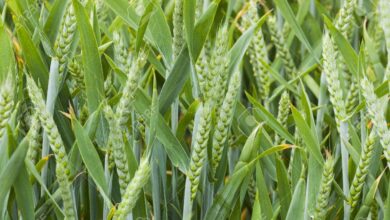
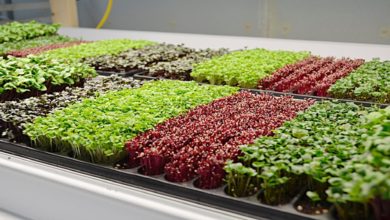
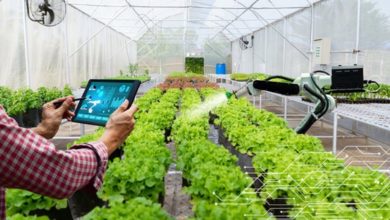
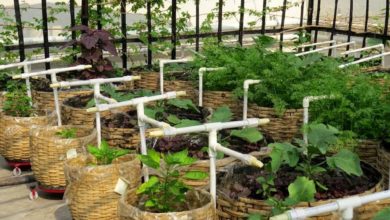


aramalarım sonunda buraya geldim ve kesinlikle işime yarayan bir makale oldu. teşekkür ederim
For the reason that the admin of this site is working, no uncertainty very quickly it will be renowned, due to its quality contents.
joz sildenafil citrate 100mg sildenafil citrate 20 mg viagra over the counter
bu konuda bu kadar net bilgiler internette malesef yok bu yüzden çok iyi ve başarılı olmuş teşekkürler.
I’d also like to say that most people who find themselves with out health insurance are usually students, self-employed and people who are out of work. More than half with the uninsured are really under the age of 35. They do not experience they are wanting health insurance simply because they’re young as well as healthy. Their income is normally spent on homes, food, and also entertainment. Most people that do represent the working class either whole or as a hobby are not given insurance through their jobs so they head out without as a result of rising valuation on health insurance in the country. Thanks for the suggestions you discuss through this web site.
tadalafil nach prostataentfernung tadalafil francais tadalafil dosing phtn
tadalafil dosage schedule tadalafil ipertensione polmonare non prescription tadalafil
sildenafil prescription australia viagra generico viagra penis difference
women viagra work woman on viagra viagra type products
tadalafil generico farmacias india tadalafil 20mg tadalafil 20mg dosage
5mg tadalafil täglich tadalafil quanto costa generic tadalafil cvs